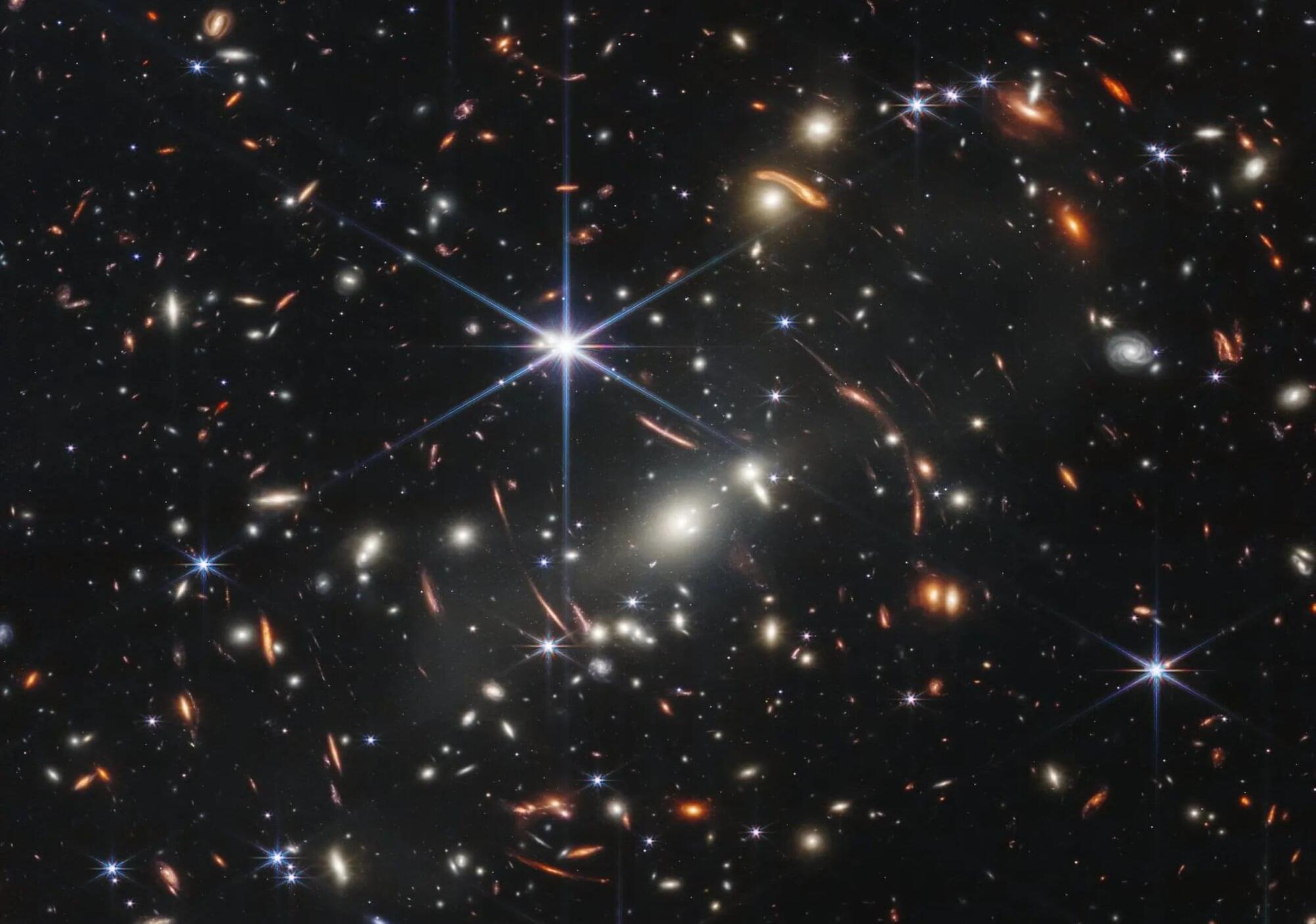Multiple space agencies will send missions to the Moon this decade and the next, with plans to establish infrastructure that will allow for many returns. This includes NASA’s Lunar Gateway and Artemis Base Camp, the Chinese-Roscosmos International Lunar Research Station (ILRS), and the ESA’s Moon Village. With so many space agencies and commercial space companies focused on lunar exploration, there are also multiple plans for establishing research facilities and scientific experiments.
In particular, NASA, China, and the ESA have proposed creating radio astronomy experiments that would operate on the far side of the Moon. In a recent paper, an international team of European astronomers proposed an ultra-long wavelength radio interferometer that could examine the cosmological periods known as the Cosmic Dark Ages and Cosmic Dawn. Known as the Dark Ages Explorer (DEX), this telescope could provide fresh insights into one of the least understood periods in the history of the Universe.
The study was led by Christiaan Brinkerink, a Scientific Engineer with the Radboud Radio Lab (RRL) at Radboud University Nijmegen. He was joined by researchers from the Netherlands Institute for Radio Astronomy (ASTRON), the Eindhoven University of Technology, the Delft University of Technology (TU Delft), the Laboratory for Instrumentation and Research in Astrophysics (LIRA), the Kapteyn Astronomical Institute, the Leiden Observatory, the Cambrige Institute of Astronomy, the Kavli Institute for Cosmology, the European Research Infrastructure Consortium (ERIC), and the ESA’s European Space Research and Technology Center (ESTEC).
